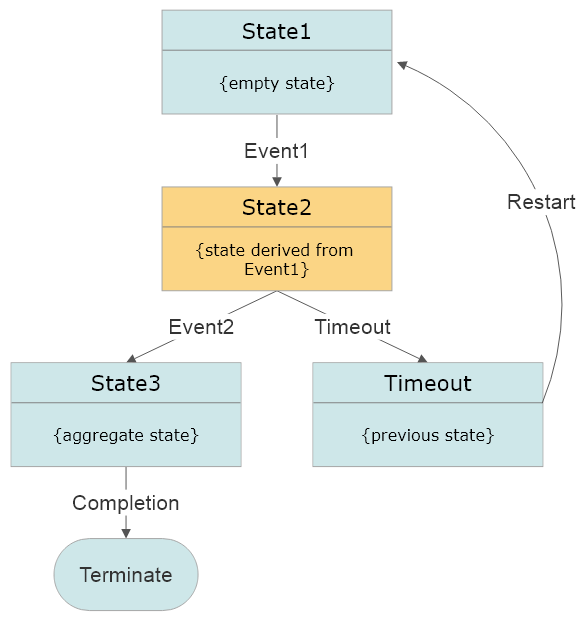Phobos Updates: Improvements and Upcoming OpenTelemetry Support
Tracing Ask and PipeTo Operations; Measuring Message Latency; and Phobos 2.0 Beta with OpenTelemetry Support
7 minutes to read
Since announcing Phobos 1.0 a year ago we’ve made many significant changes to it that should add many useful new ways to observe the run-time behavior of your Akka.NET applications in production.

Phobos is a commercial add-on for Akka.NET that allows developers to automatically record distributed traces and metrics from their actors without the need for any manual instrumentation code.
In this post we’re going to cover:
- Improvements that have been made to Phobos all the way up through the v1.3.2 version released on December 21st, 2021;
- Phobos 2.0, which will be built entirely upon OpenTelemetry and should be in beta soon; and
- Our ongoing support plan for Phobos 1.x and 2.x over the next two years.



